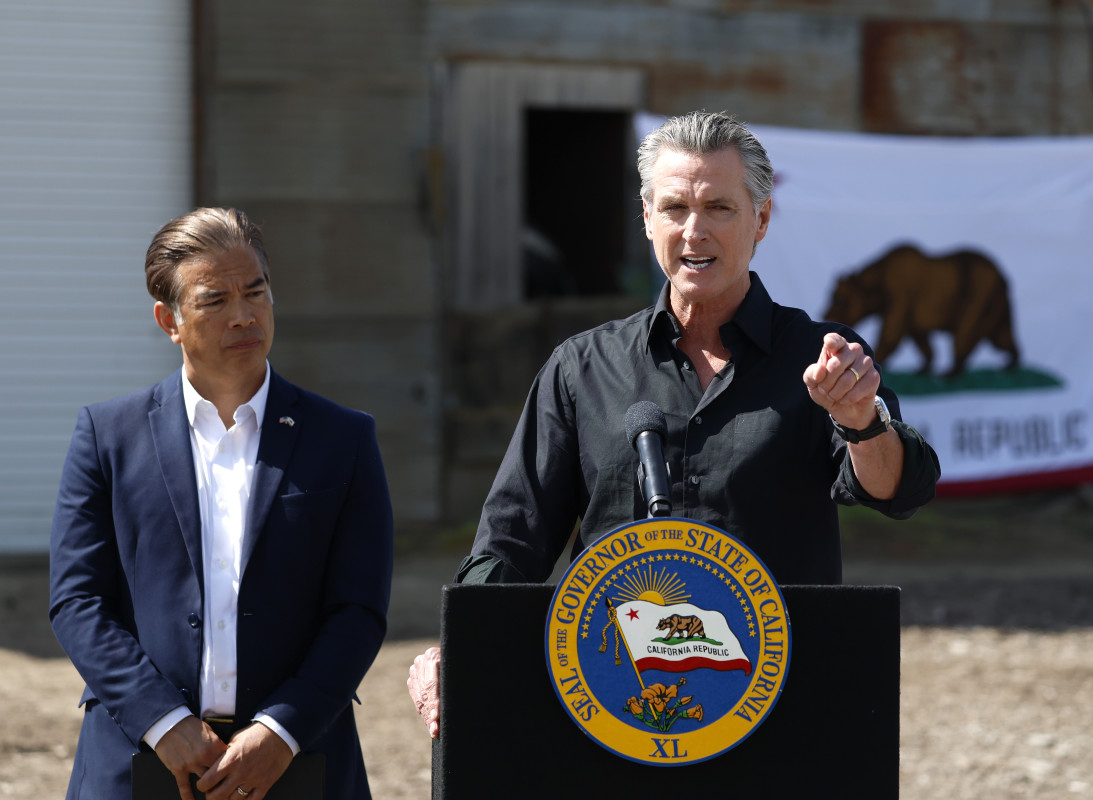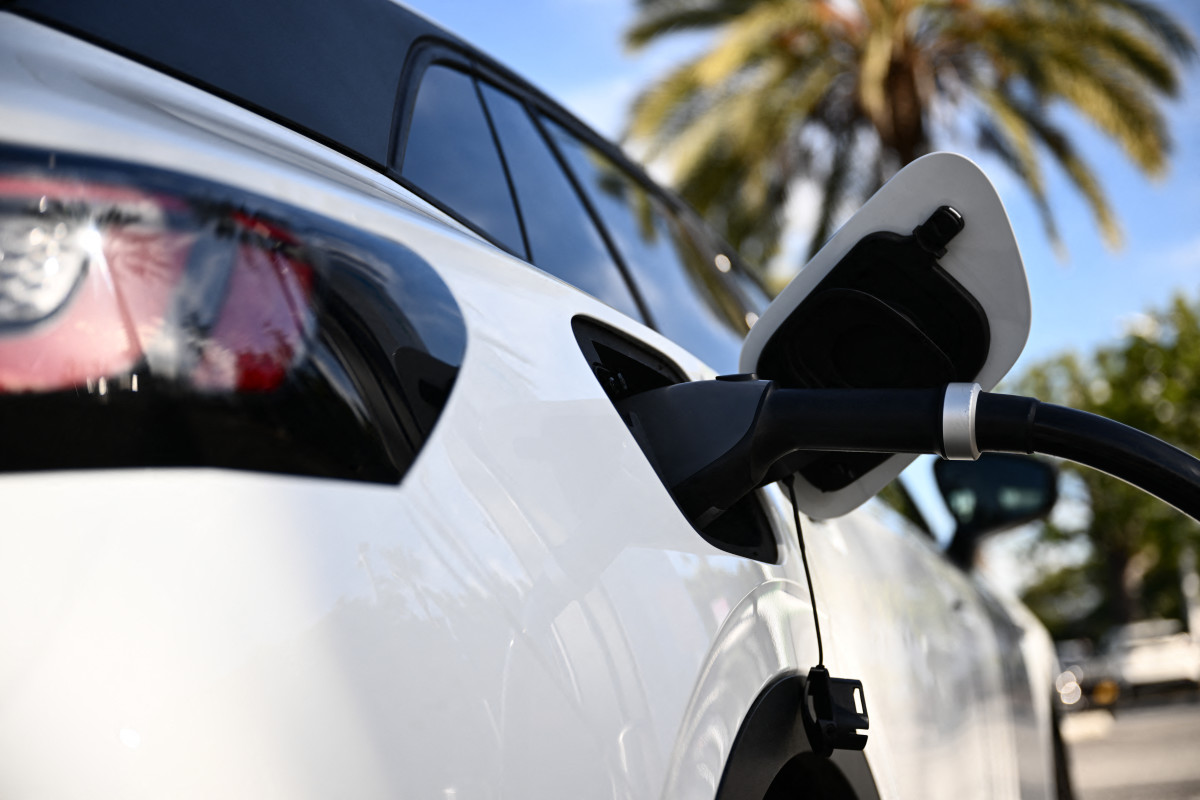Electric Shift in California

California finds itself at the epicenter of a legal battle with Congress over its ambitious environmental goals. The Golden State’s 2035 prohibition on new gas-powered vehicle sales hangs in the balance. The move by Congress to pull back California’s long-standing Clean Air Act waiver, active since 1967, poses a significant challenge. Nevertheless, California’s leadership, notably Governor Gavin Newsom, is steadfast in defending the state’s distinct emissions standards. The state, which often sets trends followed by others, remains committed to its clean energy objectives and is willing to take the fight to court.
Health Matters

California’s Attorney General, Rob Bonta, emphasized that preserving the state’s clean air regulations is pivotal to maintaining its environmental health improvements. According to Bonta, waivers provided by the EPA have allowed California to implement stringent standards that significantly reduce harmful emissions and, in turn, protect public health. Over five decades, vehicle-based pollutants in the state have decreased by almost 98%, highlighting the effectiveness of these measures.
The battle for clean air isn’t just a political struggle but a health imperative. With nearly 40% of California’s carbon emissions coming from the transportation sector, smog and soot are persistent issues, causing severe health problems like respiratory illnesses and heart conditions. Cities like Los Angeles face acute smog-related challenges, exacerbated by limited public transport options.
The ripple effect of California’s emissions standards extends beyond its borders. States like New York, Massachusetts, and Oregon, among others, have adopted similar clean air rules, acknowledging the importance of protecting their residents’ health.
Shifts in Policy
If California’s 2035 ban on new gas-powered vehicles is overturned, the implications could be significant. A potential rollback would not only affect California’s electric vehicle (EV) momentum—where the state is already leading with over 2.24 million electric cars—but it could also hamper nationwide EV adoption. The knock-on effect could slow the development of the crucial charging infrastructure needed for a sustainable green transition.
The advanced clean policy mandates that 35% of new cars sold by 2026 must have zero emissions. This target rises to 68% by 2030, and 100% by 2035. Overturning such measures could set back California and the nation’s efforts to reduce car emissions significantly.
Looking Ahead
The outcome of this legislative duel is uncertain, yet the enthusiasm in California for a transition to electric is palpable. An adverse decision might push the state toward enhancing voluntary efforts to boost EV adoption, potentially through more aggressive incentives for both manufacturers and buyers. Even as challenges loom, there is optimism that California’s unique environmental and legal landscape will support its green ambitions.
New GT: Bovensiepen Zagato
Tesla Odometer Issue
BMW Unleashes M2 CS
Mini VW Buzz Unveiled
RML P39 Supercar